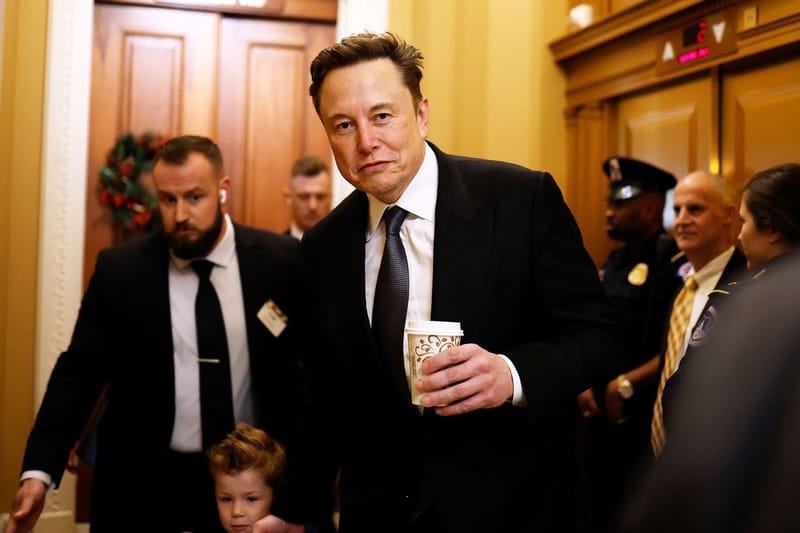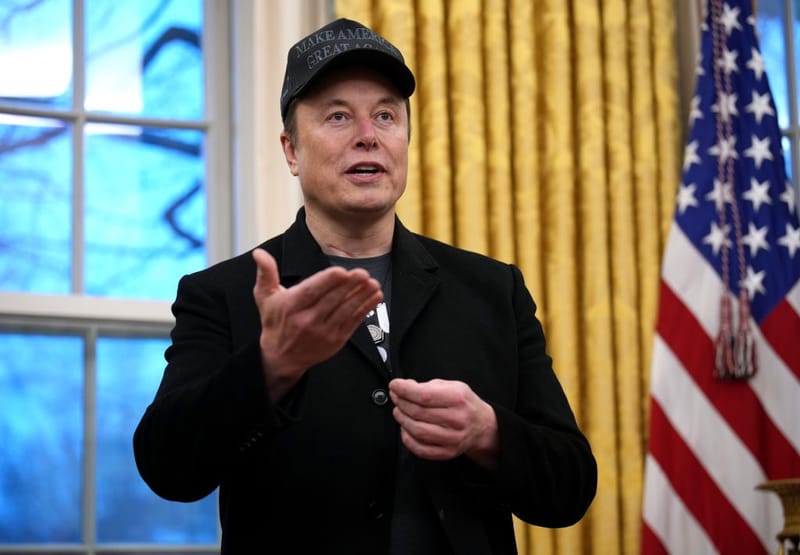Elon Musk Unveils Ambitious SpaceX Mars Mission Set for 2026
Starship to Carry Tesla’s Optimus Robot in First Step Toward Human Colonization HAWTHORNE, Calif. — Elon Musk, the billionaire innovator behind SpaceX and Tesla, has unveiled an audacious plan to send the Starship spacecraft to Mars by the end of 2026, accompanied by a team of Optimus explorer robots. The
Starship to Carry Tesla’s Optimus Robot in First Step Toward Human Colonization
HAWTHORNE, Calif. — Elon Musk, the billionaire innovator behind SpaceX and Tesla, has unveiled an audacious plan to send the Starship spacecraft to Mars by the end of 2026, accompanied by a team of Optimus explorer robots. The announcement, made in a characteristically casual yet electrifying post on X on April 9, 2025, has set off a wave of excitement and debate across social media, amplifying Musk’s vision of a multi-planetary future.
“Starship will hopefully depart for Mars at the end of next year with Optimus explorer robots!” Musk wrote, igniting a flurry of responses from his 208 million followers. The uncrewed mission, slated for the next Earth-Mars orbital alignment in late 2026, aims to deploy Tesla’s humanoid robots to scout the Martian terrain, collect critical data, and lay the groundwork for human settlements—a cornerstone of Musk’s long-term ambition to colonize the Red Planet.
Starship will hopefully depart for Mars at the end of next year with Optimus explorer robots! https://t.co/8dzlxzFg0h
— Elon Musk (@elonmusk) April 10, 2025
The Optimus robots, first showcased by Tesla in 2022, are designed for adaptability and autonomous operation, qualities Musk believes make them perfect for Mars’ unforgiving landscape. “These bots will map potential landing sites, analyze soil, and test basic construction techniques,” Musk elaborated in a follow-up X post. “Every byte of data they send back gets us closer to boots on Mars—maybe 2029, more likely 2031.”
SpaceX’s Starship, a fully reusable rocket standing nearly 400 feet tall, has been in development for years, undergoing a rollercoaster of test flights at the company’s Starbase facility in Texas. While recent successes—like a controlled booster catch in March 2025—have bolstered optimism, the program has also weathered high-profile setbacks, including two explosive failures earlier this year. Musk, undeterred, frames these as learning opportunities, a stance that has defined SpaceX’s rise to prominence.
The announcement has dominated online discourse, with #OptimusMars trending on X within hours. Supporters flooded the platform with praise, one user exclaiming, “Musk’s robots will pave the way for humanity’s next frontier!” Skeptics, however, pointed to logistical challenges, with another posting, “Starship can barely orbit Earth—Mars by 2026 feels like a stretch.” The polarized reactions underscore Musk’s polarizing influence as a tech trailblazer.
ELON: MARS, WE'RE COMING FOR YOU
— Mario Nawfal (@MarioNawfal) April 10, 2025
"Starship will hopefully depart for Mars at the end of next year with Optimus explorer robots!"
Optimus would most likely be tasked with scouting the rugged Martian terrain, gathering critical data, and laying the groundwork for future human… https://t.co/yBriJduA0H pic.twitter.com/4rNU78MstL
Experts in the aerospace field offered measured takes. Dr. Anita Sengupta, a planetary scientist and former NASA engineer, told reporters, “The concept is sound—robots scouting Mars is a logical precursor to humans. But the timeline hinges on Starship’s reliability, and that’s still unproven for deep space.” Key hurdles include perfecting in-orbit refueling and shielding Optimus from Mars’ intense radiation, challenges SpaceX has yet to fully address publicly.
The mission also highlights Musk’s knack for synergy across his ventures. Optimus, initially pitched as a terrestrial assistant, now doubles as a space explorer, potentially boosting Tesla’s robotics profile. Meanwhile, SpaceX’s partnership with NASA on the Artemis lunar program could lend technical credibility to the Mars effort, though NASA has not committed resources to this specific endeavor.
In Hawthorne, where SpaceX’s headquarters hum with activity, engineers are racing to meet Musk’s deadline. The 2026 window, dictated by planetary orbits, offers a narrow shot to launch, adding pressure to an already ambitious schedule. Political tailwinds may help: Musk’s ally, President Donald Trump, has voiced enthusiasm for the billionaire’s space goals, though federal funding remains uncertain.




